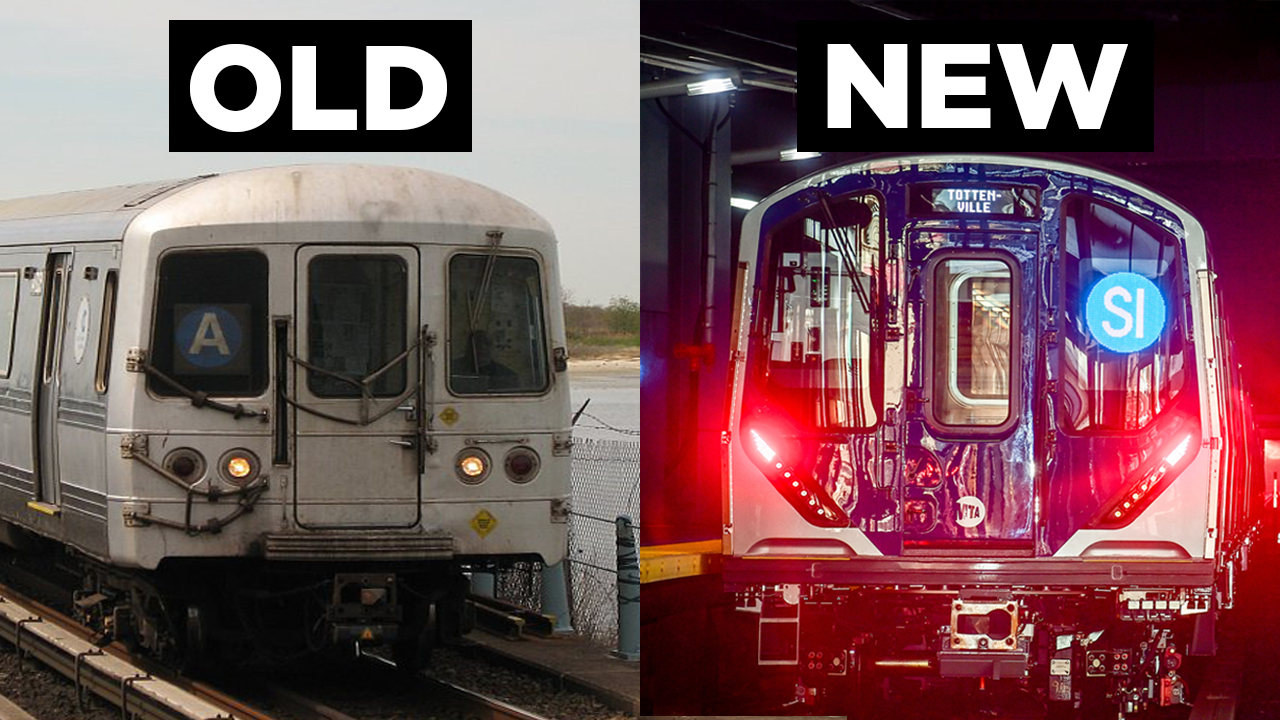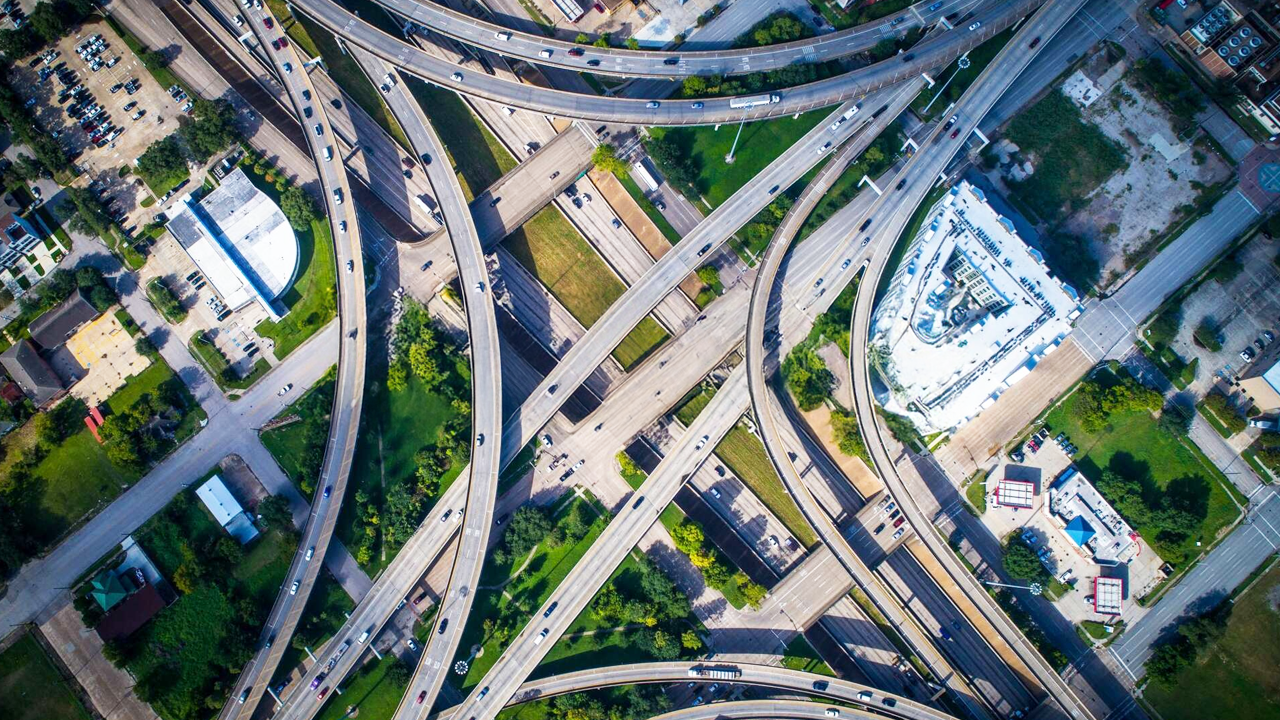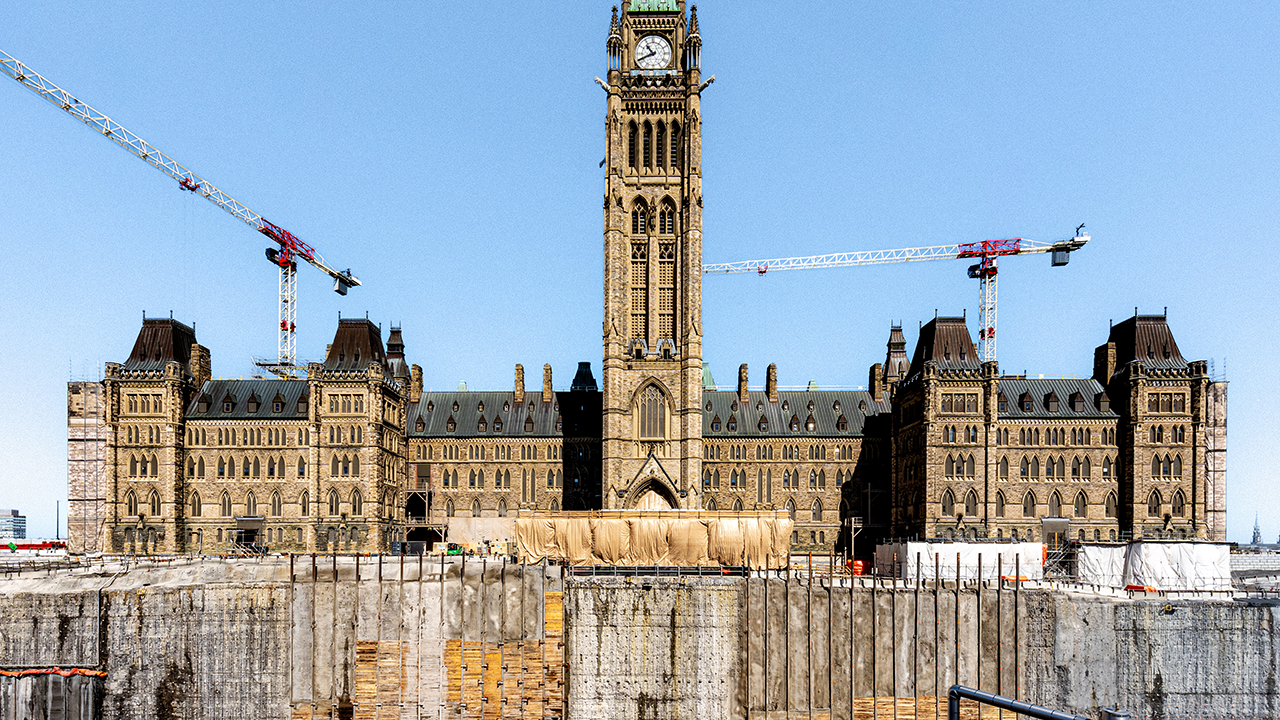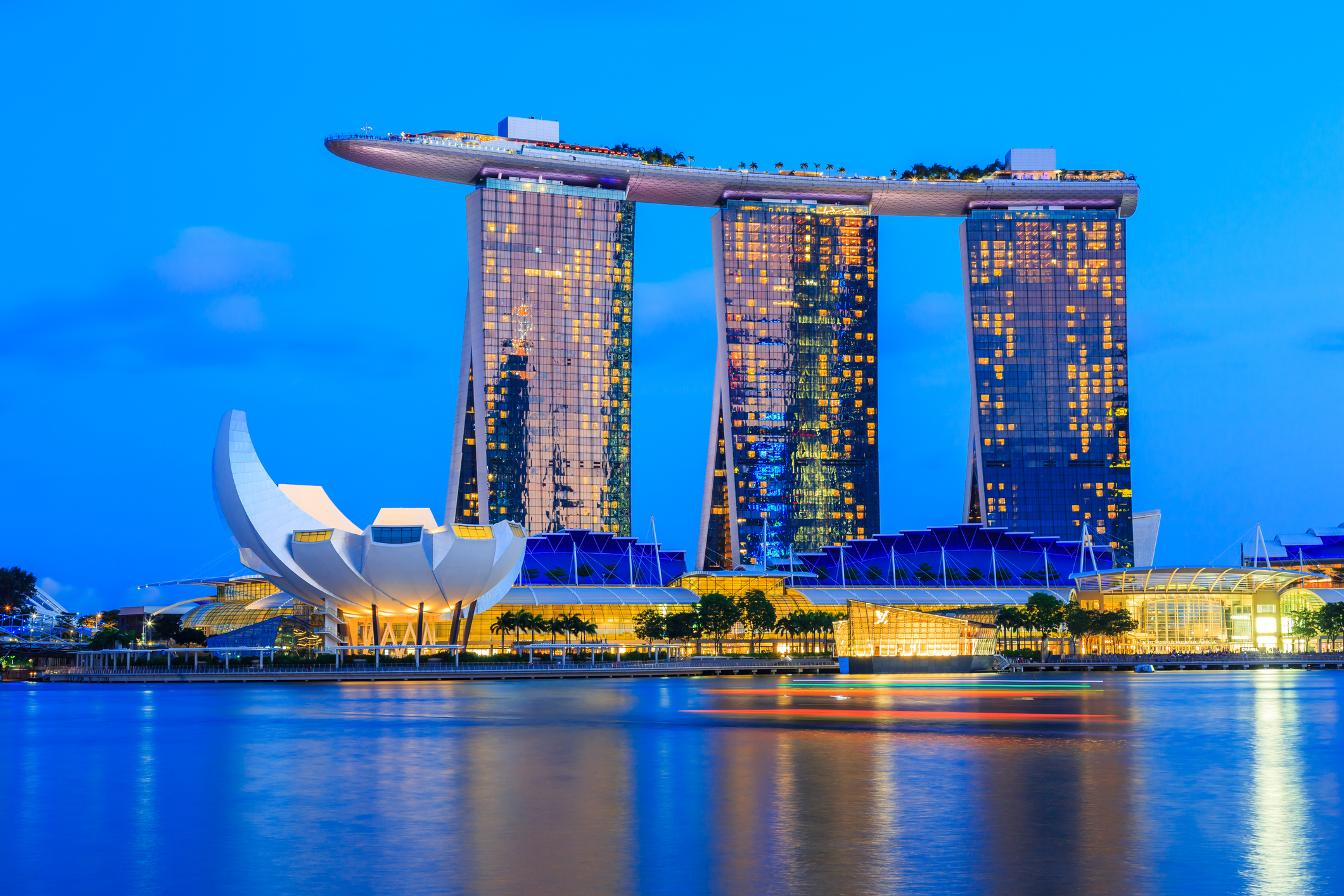The $15BN Island That Will Make or Break Sri Lanka
- Youtube Views 2,386,185 VIDEO VIEWS
Video hosted by Fred Mills.
EAGER TO create a global city and to punch above its weight on the world stage, Sri Lanka has reclaimed two square kilometers of land from the Indian Ocean to almost double the size of its capital.
This is how Colombo is about to become one of South Asia’s most formidable new centres.
STEMMING THE TIDE
Each year, approximately 200,000 Sri Lankans – many of them highly skilled – leave the country in search of better employment opportunities.
Since the end of the civil war in 2009, Sri Lanka has sought to bring jobs and talent back to its capital, driving a level of economic growth that would earn it global recognition.
Positioned between the powerhouses of Dubai and Singapore - and within reach of New Delhi, Kuala Lumpur and Bangkok - Colombo’s geographic context offers strong potential.
But its location on Sri Lanka’s coastline means that any significant expansion of the city would normally be limited to its fringes - away from the existing economic and cultural centre.
There is, of course, one way around that. In order to boost the inner centre, Port City Colombo has reclaimed two square kilometres of land from the sea and will add a vast new district of commercial, residential and public spaces that is set to create 80,000 new jobs.
Funded and jointly developed by China Harbour Engineering Company (CHEC) – a subsidiary of the China Communications Construction Company – and the local government, the project is the largest private sector development in Sri Lanka’s history.
The new district will have its own economic and commercial laws, making it more attractive to global multinational corporations, while its access to key shipping lanes through the Indian Ocean will further boost appeal.

Above: The artificial island will be an extension to Colombo's existing Central Business District (CBD).
Built adjacent to the famous Galle Face Green promenade, the Port City will consist of five precincts, each with distinct purposes - ranging from lavish leisure and entertainment facilities on the International Island to Grade A office and retail space in the Financial District.
They will combine to form an integrated urban environment that measures more than five million square metres, designed for around 80,000 people, as well as 250,000 daily commuters.
Developed by Skidmore, Owings & Merrill (SOM), the new district’s master plan envisions a sustainable, green metropolis with open areas, waterways and public spaces across a layout that encourages walking and cycling, without heavy vehicle traffic.
Buildings of varying height will be carefully arranged. While taller towers will sit nearer the mainland, the structures will gradually decrease in size the closer they are to the waterfront.
CONQUERING THE OCEAN
Constructing an entire new city district on a site located in the ocean, is far from easy.
The process of land reclamation first started in 2014. Initially, some three million cubic metres of quarry material, sourced from within 50 kilometres of the site, and over 40,000 pre-cast concrete Tetrapods, were used to construct an immense breakwater.

Above: The breakwater stands 20 metres high and runs for 3.2 kilometres (image courtesy of CHEC Port City Colombo (Pvt) Ltd).
Standing 20 metres high and running for 3.2 kilometres, the barricade was built to protect the new district from the unpredictable monsoon climate.
Indeed the wall was put to the test during its construction; a cyclone hit in November 2017, damaging parts of the then-unfinished structure.
With the wall in place, 65 million cubic metres of material was dredged from the sea and used to create the vast area of land that Port City Colombo is now rising on.
The reclamation works completed in 2019 and the land was officially declared part of Sri Lanka in December that year.
TROUBLE IN PARADISE
Though undoubtedly an immense feat of engineering, the reclamation works have not been without controversy.
Environmental groups have raised concerns over the scheme’s impact on the local environment and, in 2015, Sri Lanka’s Prime Minister put the entire project on hold over fears of coastline damage.
It took almost a year for an environmental impact assessment to give it the green light again, allowing works to restart.
Concerns have also been raised around the extent of China’s involvement in Port City Colombo.
The project forms part of the Chinese Government’s “Belt and Road Initiative” - a vast infrastructure programme that retraces the ancient Silk Road to better connect China with the Middle East, Europe and Africa.
While Port City Colombo could give China a new route into the Indian subcontinent and its booming markets, there are fears it could lead to a repeat of previous deals between the two countries that have not ended well.
The USD $1.3BN Hambantota Port on the island’s south side, which first opened in 2010, was built using loans from Chinese banks.
But after heavy losses made repayments difficult, the port was handed over to China in 2017 on a 99-year lease.
.jpg?Action=thumbnail&algorithm=fill_proportional&width=550)
Above: Mattala Rajapaksa International has been dubbed "the world's emptiest airport" (image courtesy of Anuradha Dullewe Wijeyeratne).
Meanwhile Mattala Rajapaksa International - now dubbed the world’s emptiest airport - was also funded by a Chinese loan that ran into hundreds of millions of US dollars.
Despite having the capacity to serve a million passengers each year, just 1,536 people travelled through the airport in 2019.
Naturally the developers of Port City Colombo want to ensure their project doesn’t receive a similar fate.
With the land reclamation completing in 2019, work on the new district is now progressing at pace.
The new Colombo International Finance City development is already under construction, while the yacht marina has entered its final stages. The first building in the new district is set to open in 2023.
Later in 2020, the government and the CHEC will begin a joint marketing campaign to promote the opportunities of Port City Colombo to external investors.
While Sri Lanka has had its fair share of disappointing developments in recent years - and notwithstanding the controversies of Port City Colombo - the development is expected to meet its objective when it fully completes in 2041, giving the country a supercharged capital that competes on the world stage.
Narrated by Fred Mills. Additional footage and images courtesy of Anuradha Dullewe Wijeyeratne, CHEC Port City Colombo (Pvt) Ltd, Dennis Sylvester Hurd/ CC BY 2.0, Google Earth, Hambantota International Port Group, Jalitha Hewage, Rehman Abubakr/CC BY-SA 4.0 and Skidmore, Owings & Merrill.
We welcome you sharing our content to inspire others, but please be nice and play by our rules.








